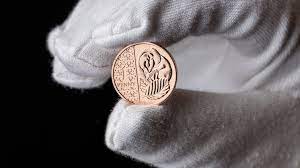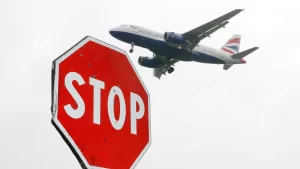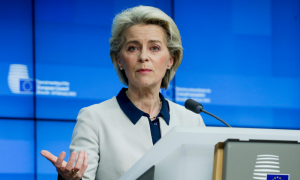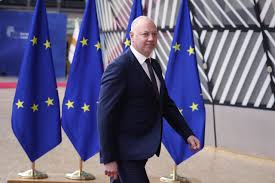King Charles III new coins designed to help children to count

London: Large numbers on an entirely redesigned set of UK coins will help children to identify figures and learn to count, The Royal Mint has said.
The coins will enter circulation by the end of the year, marking the new reign of King Charles III and celebrating his love of the natural world.
The tails side of every coin from the 1p to the £2 will feature the country’s flora and fauna.
Old coins can still be used, with the new set struck in response to demand.
Rebecca Morgan, director at the Mint, told the BBC: “The large numbers will be very appealing to children who are learning to count and about the use of money.
“Also the animals and everything you see on these coins will appeal to children. They are great conversation starters.”

Animals ranging from the red squirrel to the capercaillie grouse are depicted on the new designs. The King’s now-familiar portrait will be on the front of each coin – many for the first time.
Although cash use – and especially the popularity of coins – has been in decline in recent years, the Mint says heritage and need mean this change is still required.
“We know a large proportion of the country are still heavily reliant on cash,” Ms Morgan said.
“It is also tradition to mark the moment of a monarch coming to the throne with a new set of coinage, so it is important that we carry on that tradition.”
The BBC was given an advance viewing of the new coins, the size and shape of which remain unchanged.
Although there have been commemorative coins circulating featuring King Charles, these new designs – officially known as definitives – mark the final chapter of the King’s transition onto coinage.
Definitive coins feature the standard designs seen on the majority of official currency. These designs stay the same for years or even decades.
The previous set featured a shield formation and was introduced under Queen Elizabeth II in 2008, and will still dominate the 29 billion coins in circulation in the UK for some time yet.
The reverse, or tails side, of the new coins will be the matter of most interest to collectors and for quizmasters. They are designed to show the importance, and precariousness, of the natural world:
Kevin Clancy, director of the Royal Mint Museum, said: “People who remember pre-decimal coins might recall the wren farthing, or the thrift design on the 12-sided thrupence, but it wasn’t lots of natural world.
“What is different about these coins is that they are all about the natural world.”
There are also links to history and the changing of the monarchy.
Three interlocking Cs feature on the coins, representing the third King Charles, and taking its inspiration from the cypher of Charles II.
The edge inscription of the new £2 coin was chosen by the new King Charles and reads: “In servitio omnium”, which means: “In the service of all”.
It was taken from his inaugural speech in September last year.
The coins follow centuries of tradition with the monarch now facing left – the opposite way to his predecessor. Profiles are alternated between left and right for successive monarchs. As with previous British kings, and unlike the Queen, he wears no crown.
The Royal Mint is based in Llantrisant, Rhondda Cynon Taf in Wales.
New banknotes featuring the image of King Charles are being printed in their millions but will not enter circulation until the middle of next year – some months after the coins.
New notes will replace damaged or worn older ones, but their introduction is slow because machines such as self-service tills need to recognise the new image.





